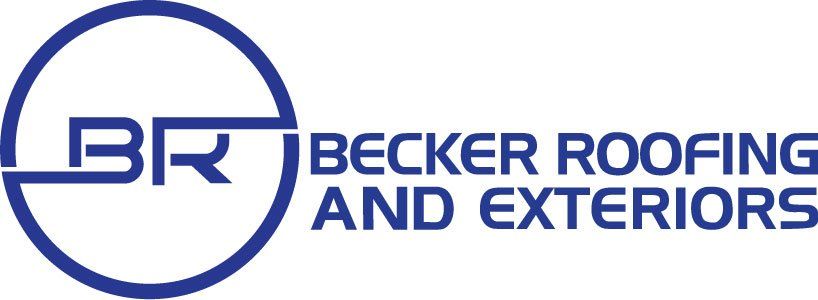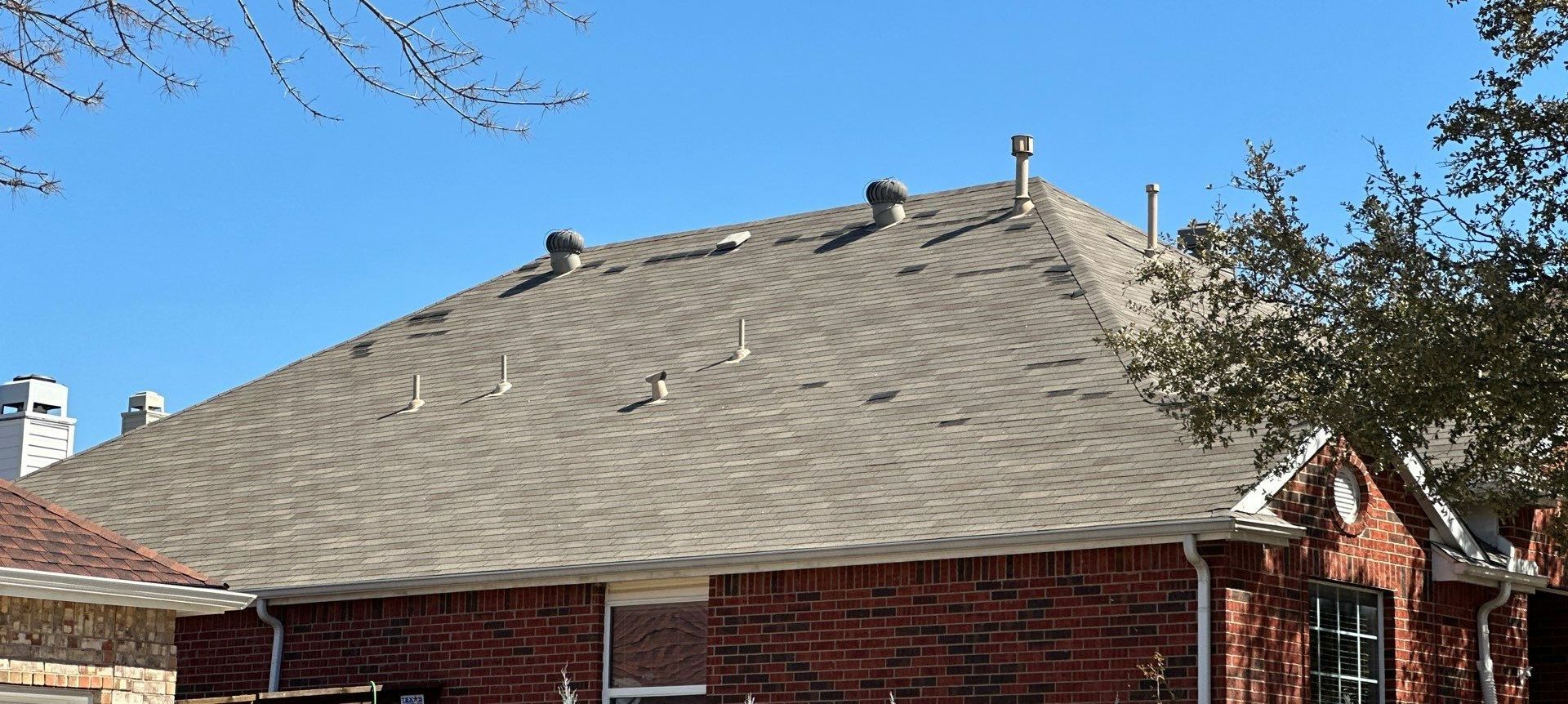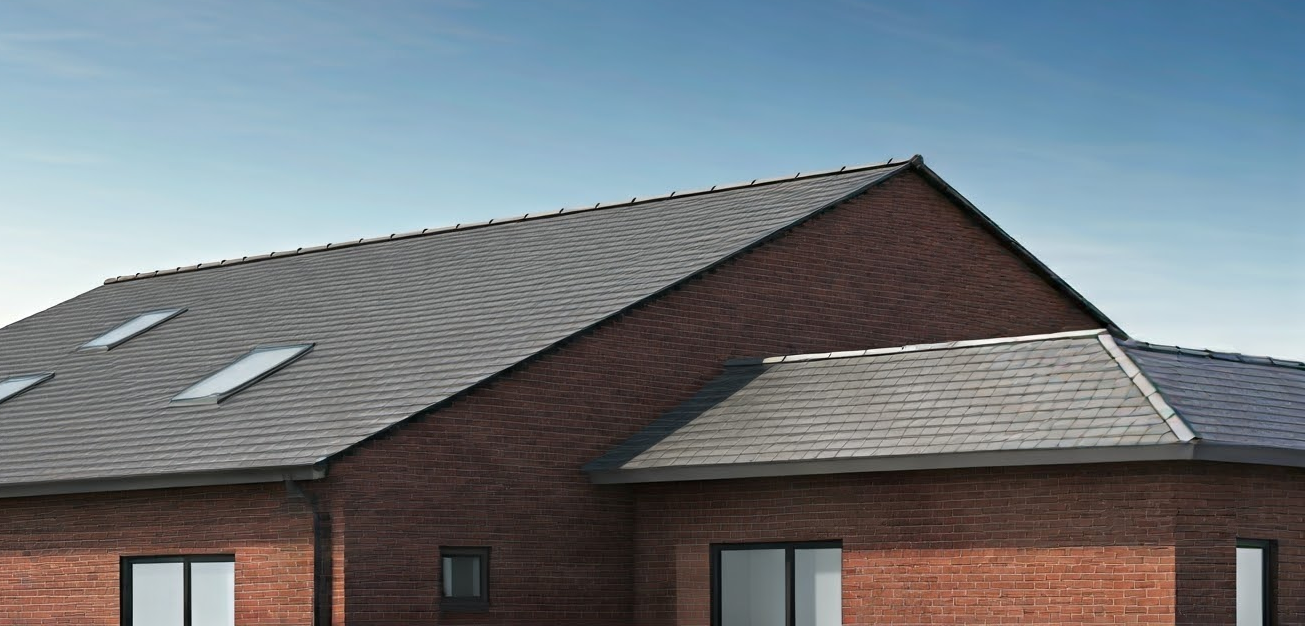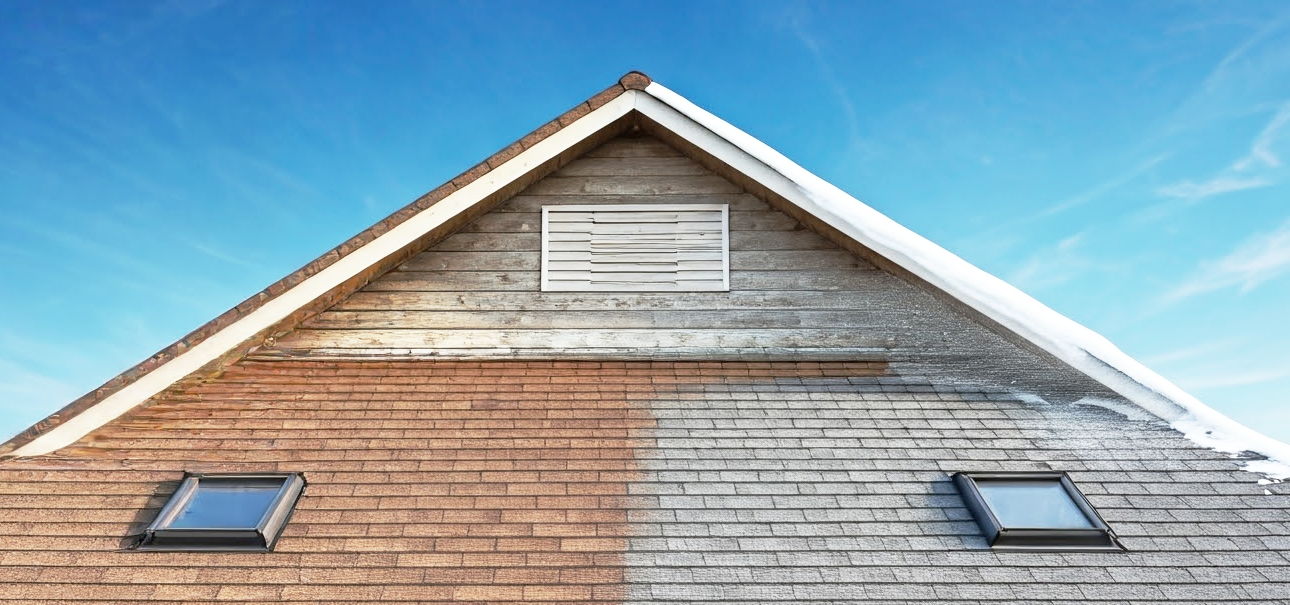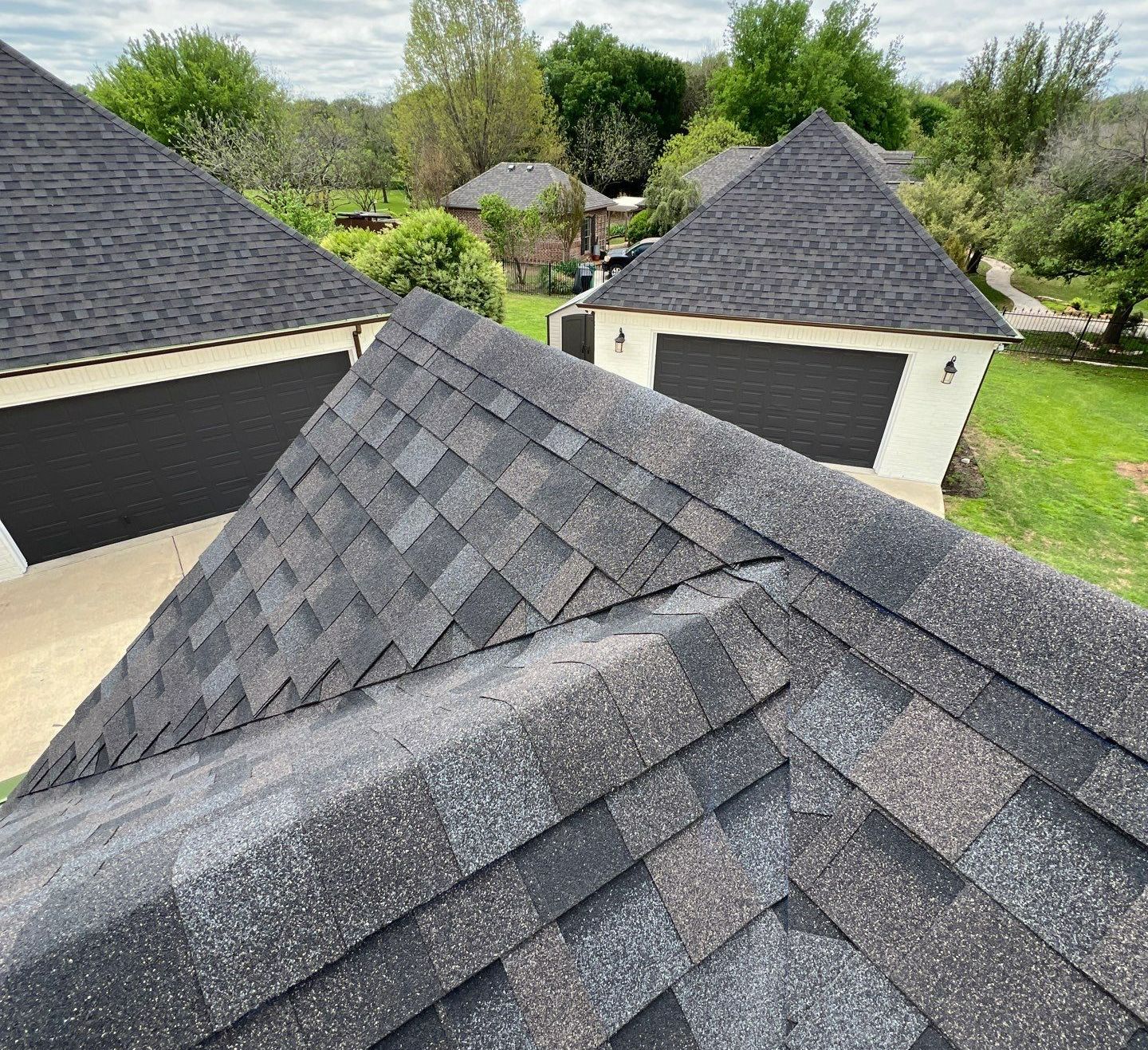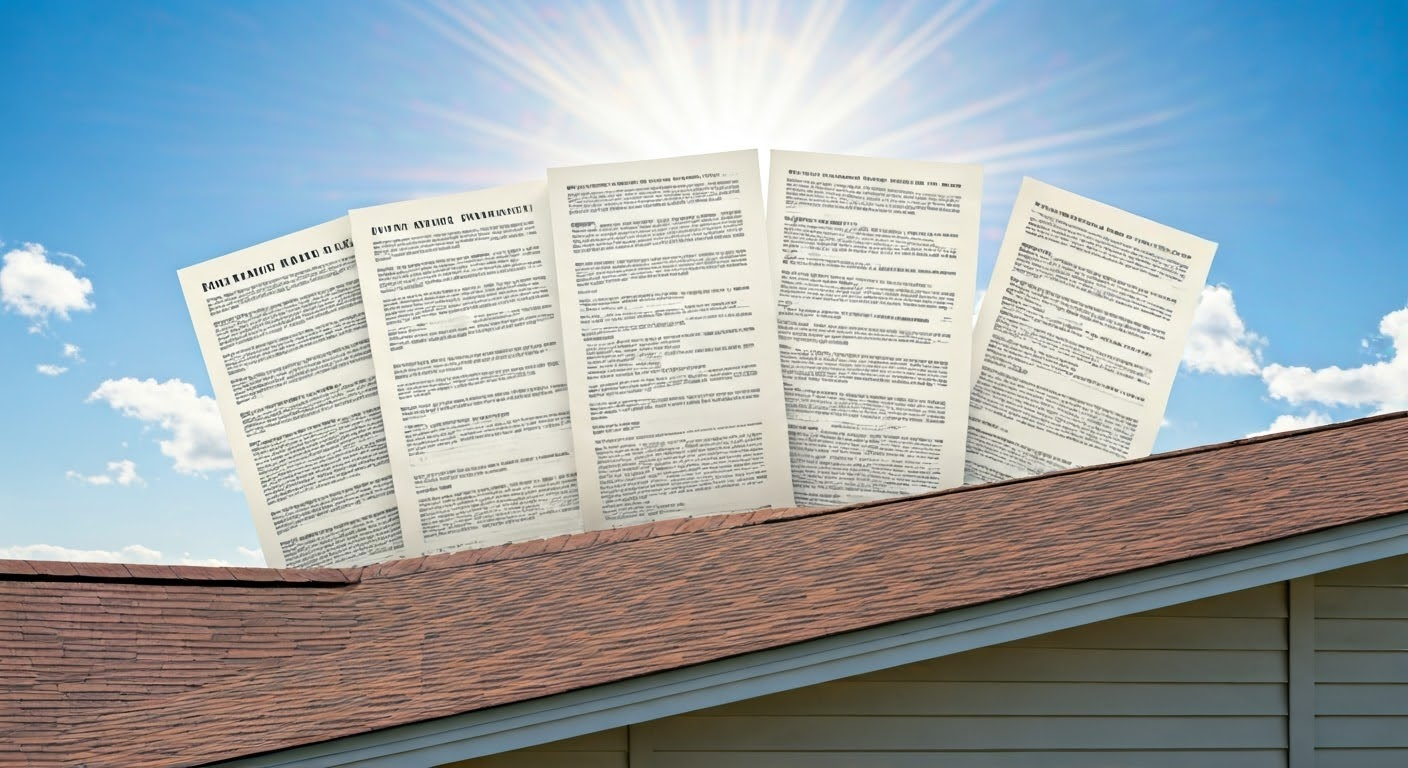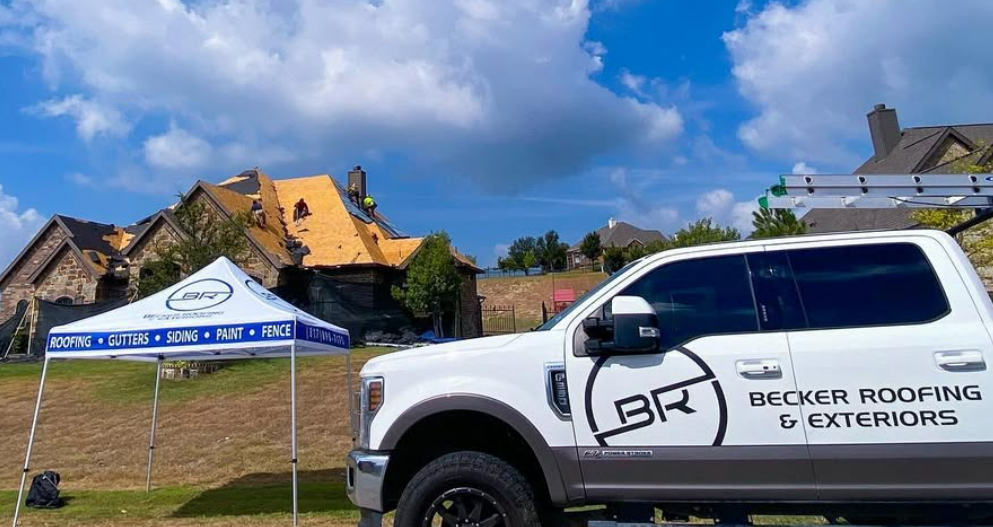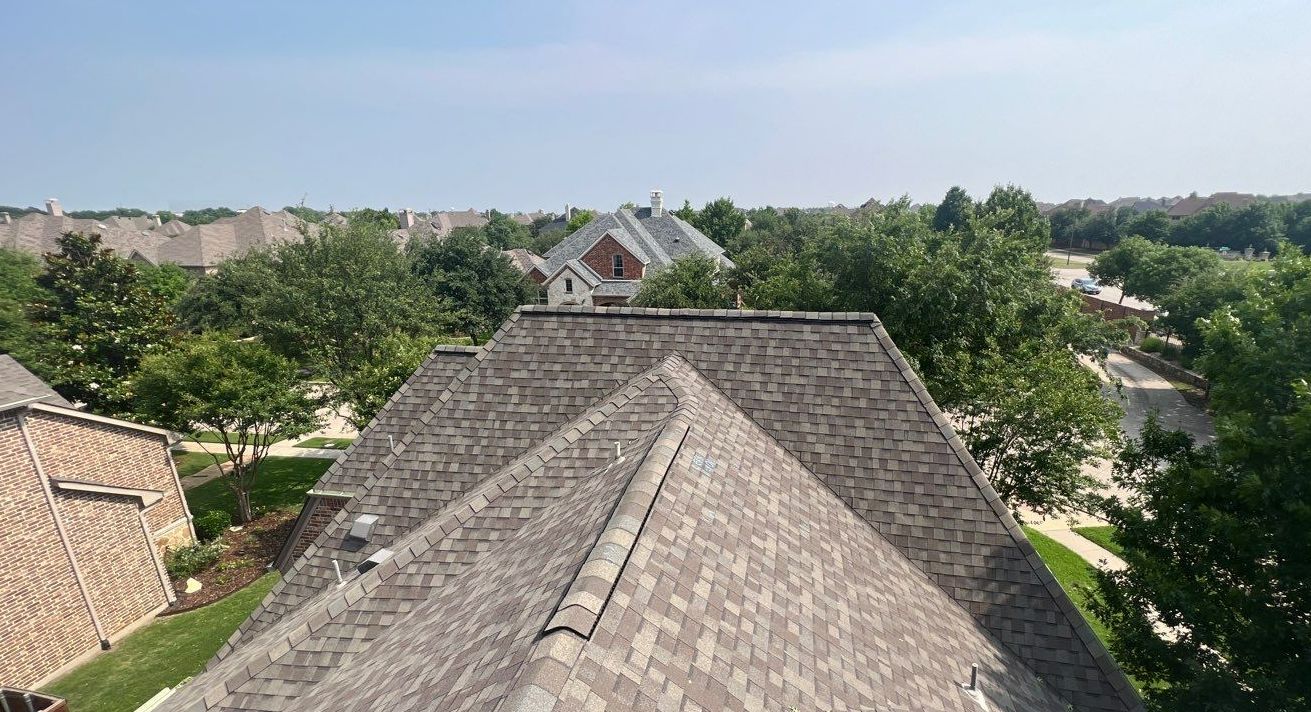Hail Damage to AC Condenser Unit: What to Do?
Worried about hail damage to AC condenser unit?
Learn whether to repair or replace on our blog - expert advice!
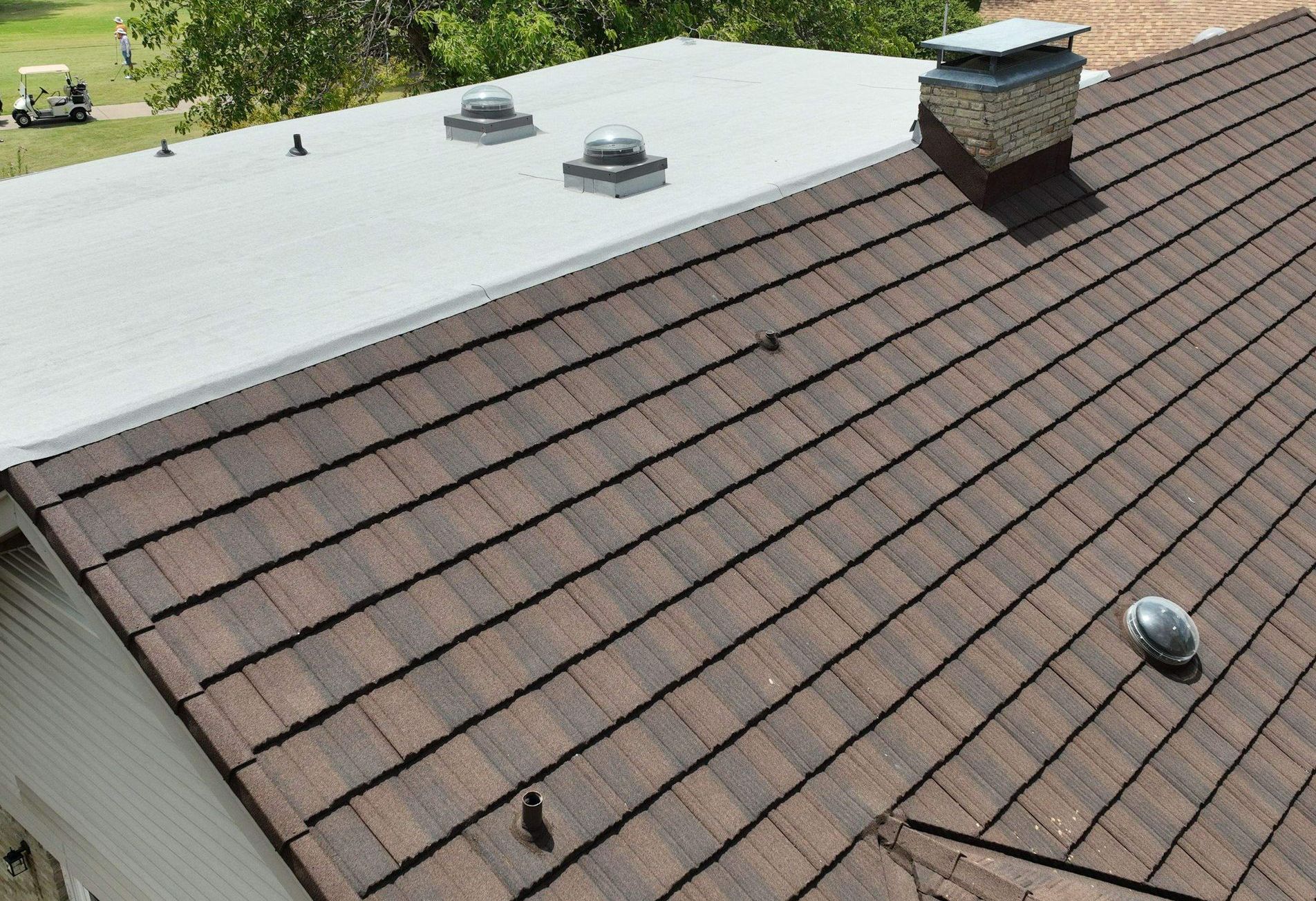
Handling Hail Damage to AC Condenser Units
Key Highlights
- Hail damage to AC condensers can significantly impact the performance and efficiency of the HVAC system.
- It is important to identify the signs of hail damage to AC condensers for timely repairs or replacement.
- Professional inspection is recommended for accurate assessment of hail damage to AC condensers.
- The repair process for hail-damaged AC condensers involves specific steps and requires extensive experience.
- Dec between repair and replacement depends on various factors such as cost-effectiveness and long-term implications.
- Replacement of hail-damaged AC condensers may be necessary in cases of extensive damage or old age.
Introduction
Natural Language Processing (NLP) provides valuable insights into understanding text and language patterns. In this blog, we explore the impact of hail damage on AC condenser units. Through NLP terms like "ventilation," "condenser coils," and "hail damage," we delve into crucial aspects of AC maintenance. By examining the effects of hail on HVAC systems, we aim to help homeowners make informed decisions regarding repair or replacement. Stay tuned to discover how NLP can enhance your knowledge of AC maintenance.
Understanding Hail Damage to AC Condensers
Heavy hail can cause significant damage to AC condensers, also known as outdoor units. The impact on these units can vary, affecting condenser coils and coil fins made of copper. Due to the sensitive nature of the fins, hail can easily bend them, reducing the efficiency of heat exchange. It's essential to promptly address such damage to prevent further issues in the HVAC system. Understanding the specific consequences of hail storms on AC condensers, as recorded by the National Weather Service, is crucial for making informed decisions on repair or replacement.
How Hail Affects AC Condenser Units
Hail impacts AC condenser units by denting the condenser coil fins, hindering heat exchange efficiency. Damaged fins reduce airflow, compromising cooling performance. If left unresolved, this can strain the HVAC system, potentially leading to compressor issues. The condenser's functionality might be compromised, causing inefficient cooling and possible system failure due to leaks. Proper assessment and timely repairs are crucial to prevent further problems and ensure optimal AC performance. Regular maintenance and inspections can help identify hail damage early on, safeguarding your AC unit from the potential damage caused by hail vents.
The Impact of Ignored Hail Damage on AC Performance
Ignoring hail damage on your AC condenser can severely impact its performance. Damage to the condensing unit, coils, or fins can lead to decreased efficiency and cooling capability. Moisture infiltration due to hail damage can also affect the overall functioning of the HVAC system, potentially causing further issues. It's crucial to address any hail damage promptly to prevent long-term consequences on your air conditioning system's performance. Regular maintenance and timely repairs, including addressing any hail damage, can help maintain the efficiency of your air conditioner. Consider professional inspections for a thorough assessment of the extent of the damage.
Identifying Damage to Your AC Condenser
Damage to your AC condenser can manifest in various ways. Look for bent fins on the condenser coils, which hinder proper airflow. Inspect the condenser for dents or physical deformities caused by hail impact. Unusual noise or reduced cooling efficiency can also indicate damage. DIY assessments may miss subtle issues, so consider a professional inspection for a thorough evaluation. Prompt identification of damage is crucial to prevent further problems with your HVAC system.
Signs Your AC Condenser Might Be Damaged
Odd noises during operation like grinding or squealing, reduced cooling efficiency, leaking refrigerant puddles near the unit, strange smells, or visibly bent fins are signs of ac condenser damage. Unexplained increases in energy bills or frequent system cycling also indicate issues. Any of these signals should prompt a professional inspection to diagnose and address the hail damage properly. Ignoring these signs could lead to further HVAC system complications down the line, so it's important to take action as soon as possible to avoid costly repairs or replacements. There's a good chance that your AC condenser has sustained damage after a hailstorm, so it's best to have it checked by a professional.
Professional Inspection vs. DIY Assessment
Both professional inspections and DIY assessments have their pros and cons when it comes to assessing hail damage on your AC condenser unit. Professional inspections offer thorough evaluations by experts with extensive experience, ensuring all potential issues are identified. On the other hand, a DIY assessment might save costs but could miss underlying damage that professionals can easily pinpoint. Depending on the extent of the damage, considering factors like insurance coverage and overall cost will help determine the most suitable approach, including a comprehensive roof inspection.
The Repair Process for Hail-Damaged AC Condensers
Repairing hail-damaged AC condensers typically involves assessing the extent of the damage to the condenser coils and fins. Technicians with expertise in HVAC systems inspect and repair the damaged components, ensuring optimal functioning. This process may include straightening fins, replacing coils, or correcting any misshapen parts. Understanding the repair process is crucial to restoring the efficiency of your AC unit post hail damage.
When Is Repair a Viable Option?
Repair is a viable option when the hail damage to your AC condenser is minor, and the unit is still functioning efficiently. If the cost of repairs is significantly lower than replacement and restores optimal performance, repairing can be a practical choice.
Steps Involved in Repairing an AC Condenser
To repair an AC condenser, the process typically involves several steps. Firstly, the technician will assess the extent of the hail damage on the condenser coils and fins. Then, any damaged parts will be carefully removed and replaced with new components. Following this, the system will be thoroughly cleaned to ensure optimal performance. The technician will then test the unit to confirm that it is functioning correctly before finalizing the repair process. Regular maintenance post-repair is advisable to prevent future issues.
Deciding Between Repair and Replacement
Factors such as the age of the HVAC system, extent of the damage, and overall cost play a significant role in deciding between repair and replacement of a hail-damaged AC condenser. Assessing if a full replacement is warranted or if repairs can suffice relies on the expertise of a professional roofer or HVAC technician. Consider the long-term implications of each option before making a decision, especially in terms of heating and cooling efficiency. It's crucial to weigh the material costs, the type of roofing material, such as slate or tiles, the size of the roof, and your insurance policies, as well as the potential benefits of investing in a high-quality metal roof, which can be a major factor in the longevity and durability of your roof, to make an informed choice. The type of roof you have can also be a factor in deciding whether to repair or replace your roof. For example, a slate roof can last over 100 years, so it may make sense to repair damage rather than replacing the entire roof. Roof tiles can be replaced individually, and the labor involved is minor.
Factors to Consider in the Decision-Making Process
Factors to consider in the decision-making process: When assessing hail damage to your AC condenser unit, key aspects include the extent of the damage, insurance coverage, and the age of your HVAC system. Evaluate the cost of repairs versus replacement, factoring in material costs and the overall impact on your system's efficiency. Consider long-term benefits of a new condenser unit, especially with extensive damage. Consulting professionals with experience in HVAC and insurance claims is crucial for informed decisions.
Long-Term Implications of Each Option
When deciding between repairing or replacing a hail-damaged AC condenser unit, considering the long-term implications is crucial. Opting for repairs may provide a temporary fix but could lead to further issues down the line, impacting the system's efficiency and longevity. On the other hand, opting for a replacement in Denver may involve higher initial costs but could result in better performance, increased energy efficiency, and fewer repair needs over time. Carefully weighing these long-term implications is key to making the right choice for your HVAC system, whether you're in Denver or California.
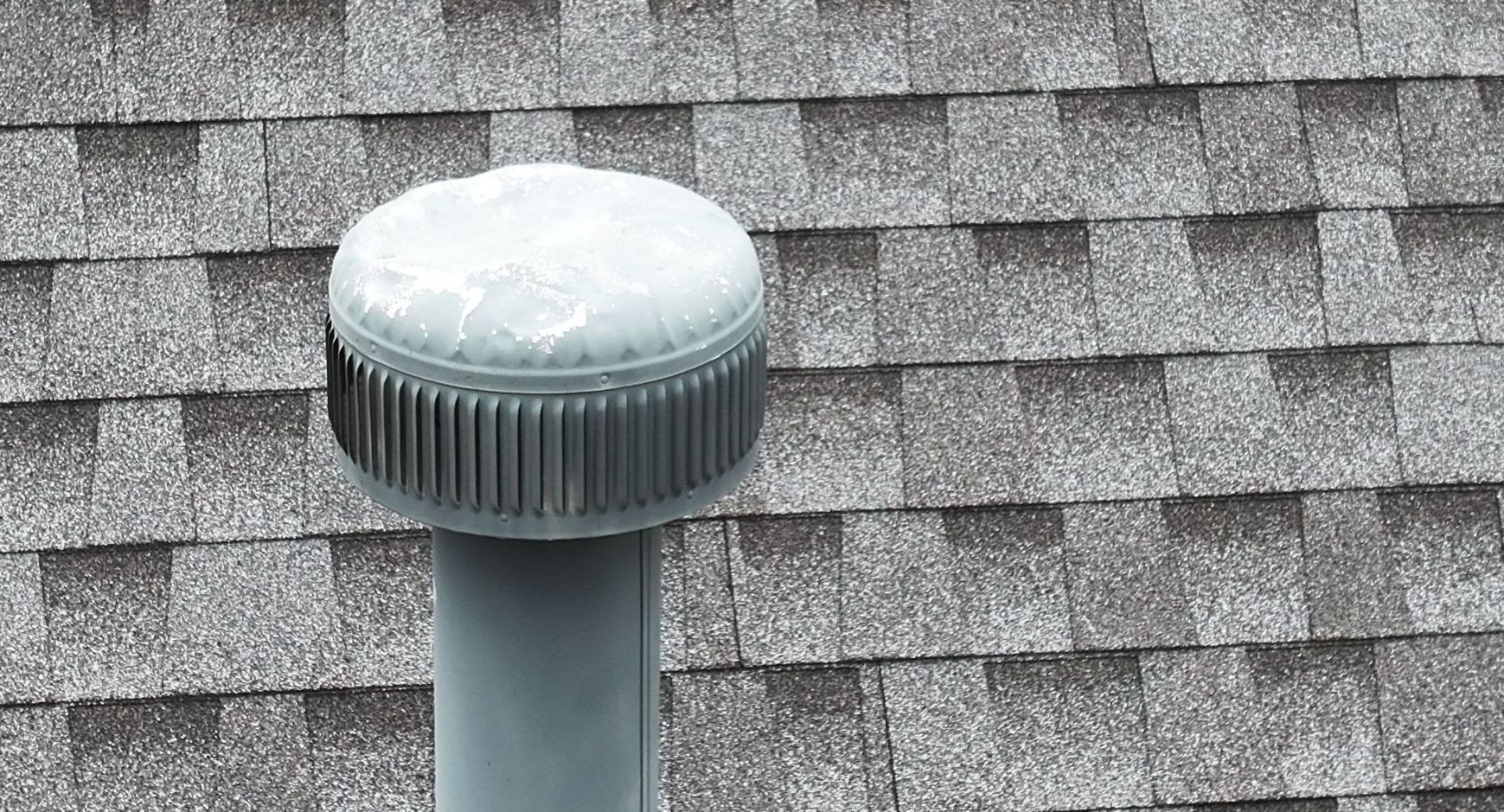
Replacement of Hail-Damaged AC Condensers
When facing irreparable damage to AC condensers from hail, replacing the unit becomes necessary. Assess the extent of the damage to determine if replacement is the best course of action. Consider the age and overall condition of the condensing unit to make an informed decision. Replacement ensures optimal performance and efficiency for your HVAC system. Seek professional guidance to select a new unit that suits your needs and budget.
What to Look for in a New AC Condenser
When considering a new AC condenser after hail damage, there are several factors to consider. Firstly, look for features that enhance the overall performance and efficiency of the unit. This includes features such as variable speed compressors, high SEER ratings, and advanced technology like smart thermostats for better energy management. Additionally, check for warranties offered by the manufacturer. A longer warranty period indicates confidence in the product's durability and performance. Consider choosing a condenser with a warranty that covers both parts and labor to provide comprehensive protection. Lastly, opt for an AC condenser that is compatible with your existing HVAC system and meets your cooling needs. Consulting with a professional HVAC contractor can help you make an informed decision based on your specific requirements.
Installation Process for New AC Units
Installing a new AC unit, including the condenser, is a complex process that requires professional expertise. It is recommended to hire a licensed HVAC contractor to ensure proper installation. The installation process typically involves the following steps:
- Assessment: The contractor will evaluate your home's cooling needs, existing HVAC system, and the location for the AC condenser installation.
- Sizing: The contractor will determine the appropriate size of the condenser based on the cooling load calculation. This ensures optimal efficiency and performance.
- Removal of Old Unit: If there was hail damage to the previous condenser, it will be removed carefully to avoid any further damage.
- Preparation: The contractor will prepare the installation site, including leveling the ground, setting up the mounting pad, and connecting the necessary electrical components.
- Installation: The new AC condenser will be carefully positioned and secured. The refrigerant lines, electrical connections, and ductwork will be properly installed.
- Testing and Commissioning: The contractor will test the new unit to ensure it is functioning correctly. This includes checking refrigerant levels, airflow, and thermostat calibration.
Professional installation ensures that the AC condenser is correctly installed, maximizing its efficiency and lifespan while minimizing the risk of future issues.
Insurance Coverage for Hail Damage
When it comes to hail damage to an AC condenser, homeowners may wonder if their insurance will cover the cost of repair or replacement. The coverage for hail damage can vary depending on the insurance policy and specific circumstances.
Some homeowner's insurance policies cover hail damage to the exterior of a home, including the AC condenser and roof damage. However, it's essential to review the policy's terms and conditions to understand the extent of the coverage. Some policies may have exclusions or limitations on specific types of damage, such as roof damage, or require a separate endorsement for hail damage coverage.
To file a claim for hail damage to an AC condenser, homeowners should document the damage by taking photographs and gathering any relevant receipts or repair estimates. It's also crucial to notify the insurance company promptly to initiate the claims process.
Insurance adjusters will assess the damage and determine the coverage based on the policy terms. They may consider factors such as the age and condition of the AC condenser, the extent of the hail damage, and the cost of repair versus replacement.
It's important to note that some insurance policies may only provide coverage for the actual cash value of the damaged AC condenser, which takes depreciation into account. Others may offer replacement cost coverage, which covers the cost of a new AC condenser without factoring in depreciation.
To ensure a smooth claims process, homeowners should consult with their insurance provider and follow the necessary steps outlined in their policy.
Navigating Claims for AC Condenser Damage
Navigating the claims process for AC condenser damage can be complex, but it is important for homeowners to understand the steps involved. The first step is to contact the insurance company and report the damage. This typically involves providing documentation such as photos and repair estimates.
Once the claim is filed, the insurance company will assign an adjuster to assess the damage and determine the coverage. The adjuster will review the documentation provided and may also conduct an inspection of the AC condenser.
It is important for homeowners to cooperate with the adjuster and provide any additional information or documentation that may be requested. This can help ensure a smooth claims process and a timely resolution.
After the adjuster has reviewed the claim, the insurance company will provide a settlement offer. This offer may cover the cost of repairs or replacement of the AC condenser, minus any deductible.
It is important for homeowners to carefully review the settlement offer and ask any questions they may have before accepting it. If there are any discrepancies or concerns, homeowners should contact their insurance company to address them.
Overall, navigating the claims process for AC condenser damage requires patience and attention to detail. It is important for homeowners to be proactive and advocate for their rights throughout the process.
Overlooked Issues by Insurance and Contractors
When it comes to hail damage to an AC condenser, there are often overlooked issues that can arise during the claims process and repairs. These issues can result in incomplete repairs and additional expenses for homeowners.
One common overlooked issue is the extent of the damage. Hail damage can be difficult to detect, and it is possible for some damage to go unnoticed during the initial inspection. This can lead to incomplete repairs and potential issues in the future.
Another overlooked issue is the quality of the repairs. Some contractors may cut corners or use subpar materials, which can result in a shorter lifespan for the repaired AC condenser. It is important for homeowners to choose a reputable contractor who will provide high-quality repairs.
Additionally, insurance companies may overlook certain aspects of the damage when determining the coverage. For example, they may only cover the cost of replacing the AC condenser itself, but not the associated labor or materials. Homeowners should carefully review their insurance policy and consult with their insurance company to ensure that all necessary repairs are covered.
Overall, homeowners should be aware of these overlooked issues and take steps to address them during the claims process and repairs. By being proactive and thorough, homeowners can ensure that their AC condenser is repaired properly and that they are not left with any unexpected expenses.
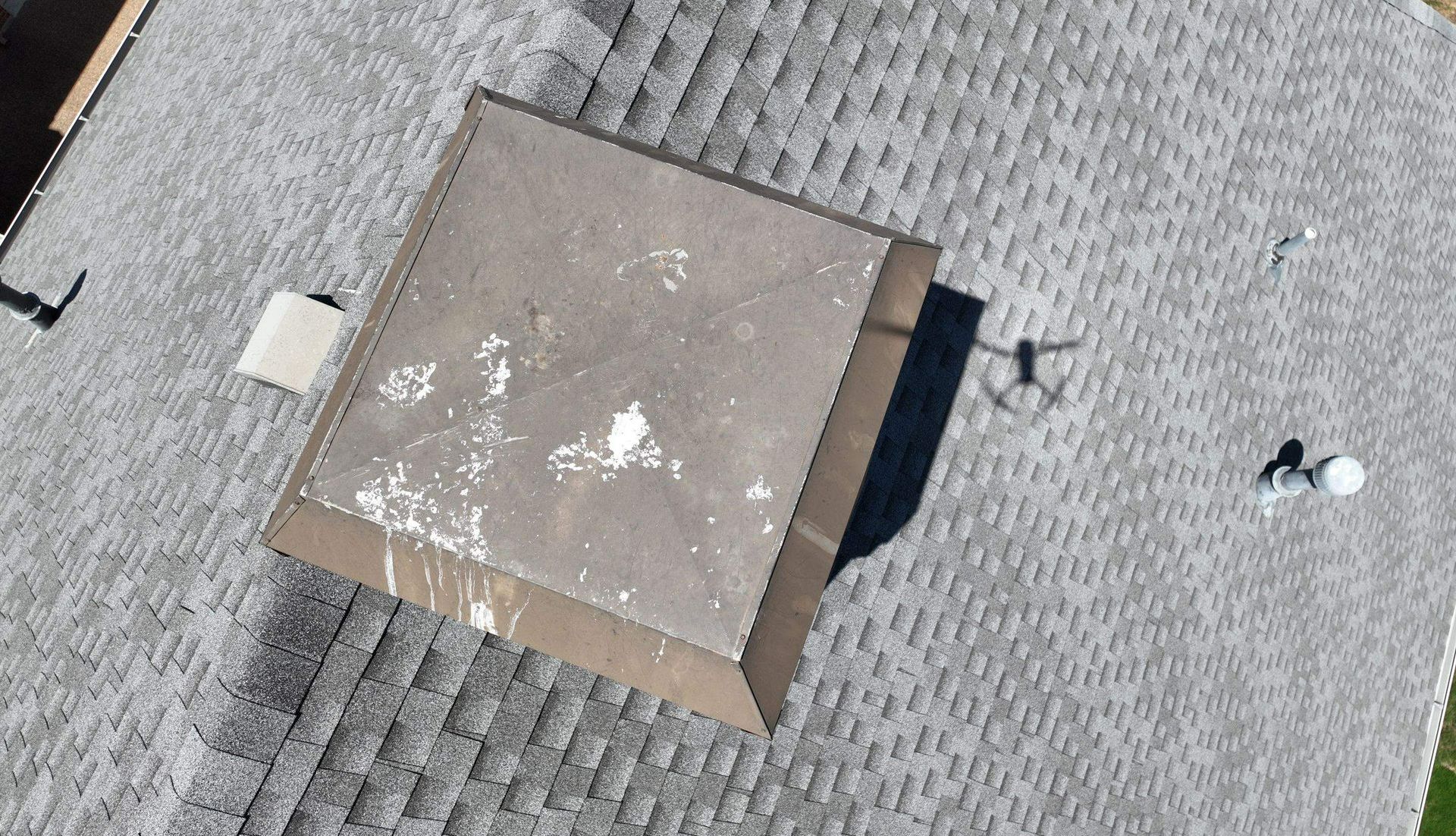
Preventative Measures Against Future Hail Damage
While it is important to address hail damage to an AC condenser, there are also preventative measures that homeowners can take to protect against future damage. These measures can help prolong the lifespan of the AC condenser and reduce the risk of costly repairs.
One preventative measure is to install a protective cover over the AC condenser. These covers are designed to shield the unit from hail, debris, and other potential sources of damage. They are typically made of durable materials such as vinyl or metal and can be easily installed and removed as needed.
Regular maintenance is another key preventative measure. Homeowners should schedule regular inspections of their AC condenser to check for any signs of damage or wear. This can help identify any issues early on and prevent them from worsening over time.
In addition to inspections, homeowners should also perform regular maintenance tasks such as cleaning the condenser coils and fins. These components can become clogged with dirt and debris, reducing the efficiency of the AC unit. Regular cleaning can help maintain optimal performance and reduce the risk of damage.
Overall, taking preventative measures such as installing protective covers and performing regular maintenance can help homeowners protect their AC condenser from future hail damage. By being proactive, homeowners can avoid costly repairs and ensure that their AC unit remains in good working condition.
Protective Covers and Structures
Protective covers are an effective way to shield an AC condenser from hail damage and other potential sources of damage. These covers are designed to fit over the unit and provide a barrier against hail, debris, and other elements.
Covers for AC condensers are typically made of durable materials such as vinyl or metal. They are designed to withstand the impact of hail and protect the condenser from damage. These covers can be easily installed and removed as needed, allowing for easy access to the unit for maintenance and repairs.
In addition to protective covers, homeowners may also consider installing structures such as awnings or canopies to provide additional protection for their AC condenser. These structures can help shield the unit from direct exposure to hail and other elements, reducing the risk of damage.
When choosing a protective cover or structure, it is important to ensure that it is the appropriate size for the AC condenser and that it provides adequate protection. Homeowners should also follow the manufacturer's instructions for installation and maintenance to ensure optimal performance.
Overall, protective covers and structures are valuable investments for homeowners looking to protect their AC condenser from hail damage and other potential sources of damage. By taking these proactive measures, homeowners can extend the lifespan of their AC unit and avoid costly repairs.
Regular Maintenance Tips
Regular maintenance is essential for prolonging the lifespan of an AC condenser and reducing the risk of hail damage. Here are some important maintenance tips for homeowners to follow:
- Keep the condenser coils and fins clean: Over time, debris such as leaves, dirt, and dust can accumulate on the condenser coils and fins, reducing the unit's efficiency. Regularly clean these components using a soft brush or hose to remove any build-up.
- Trim vegetation around the condenser: Ensure that there is at least two feet of clearance around the condenser to promote proper airflow and prevent debris from entering the unit.
- Check and replace air filters regularly: Clogged air filters can restrict airflow to the condenser, leading to reduced efficiency and potential damage. Check the air filters monthly and replace them as needed.
- Schedule regular professional inspections: Hire a professional HVAC technician to inspect the AC condenser annually or biannually. They can identify any potential issues and perform necessary maintenance or repairs.
- Protect the condenser during severe weather: In the event of a hailstorm, cover the AC condenser with a protective cover or move it to a safe location if possible.
By following these regular maintenance tips, homeowners can ensure that their AC condenser remains in optimal condition and reduce the risk of hail damage. Regular upkeep can save homeowners money on repairs and extend the lifespan of their AC unit.
Conclusion
In conclusion, addressing hail damage to your AC condenser promptly is crucial to maintaining efficient cooling performance. Ignoring signs of damage can lead to more severe issues impacting the overall functionality of your unit. Whether you opt for repair or replacement, it’s essential to consider factors like the extent of damage, cost-effectiveness, and long-term implications. Regular inspections, timely repairs, and protective measures against future hail damage can help prolong the lifespan of your AC unit. Remember, proper maintenance and proactive care can save you from costly repairs or replacements down the line. Stay prepared and safeguard your AC condenser against potential hail damage risks.
Frequently Asked Questions
Can minor hail damage lead to significant issues later?
Yes, minor hail damage to an AC condenser can lead to significant issues later if not addressed properly. Over time, even small dents or damage can worsen and impact the performance and lifespan of the unit. It is important to address any hail damage promptly to prevent further issues.
How often should I inspect my AC unit for hail damage?
It is recommended to inspect your AC unit for hail damage after severe weather events or storms. Additionally, regular inspections should be conducted at least once or twice a year to check for any signs of damage or wear. Prompt inspections can help identify and address hail damage before it worsens.
Is it worth repairing an older AC condenser?
The decision to repair or replace an older AC condenser depends on various factors, such as the extent of the damage, the cost of repairs, and the overall condition of the unit. It is recommended to consult with a professional HVAC technician to evaluate the cost-effectiveness of repair versus replacement.

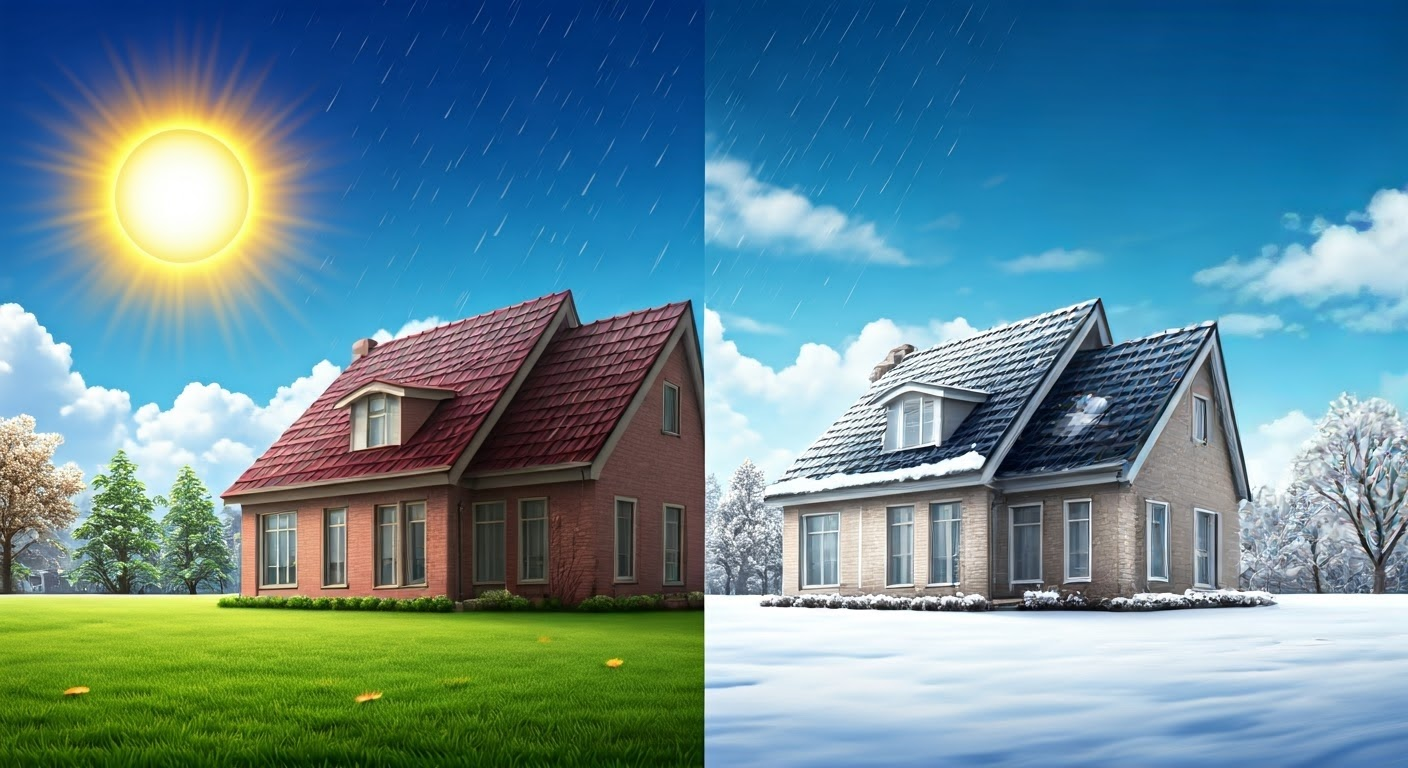
Our Location
Hours
Hours
Contact Us
- Main: (817) 898-7175
- Local: (817) 898-7175
- Mobile: (817) 898-7175
License # 03-0235
